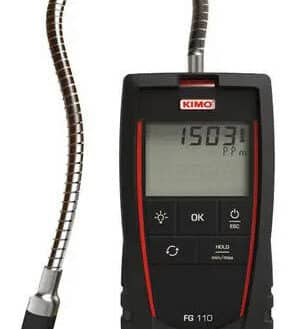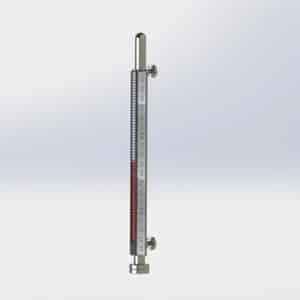Thermostats can be classified according to the type of technology used in their construction, the most common being mechanical and electronic. Your choice between these types will depend on your intended use.
Mechanical thermostats
Mechanical thermostats have a mechanism that either allows or prevents the passage of a current to maintain the temperature. Within this category, the most commonly used are bimetallic thermostats. Their sensor is a sheet made of two different metals with different coefficients of thermal expansion. Let’s take a space heater as an example. Heating causes greater expansion of one of the metals, leading to deformation of the blade, which triggers the electrical contact and interrupts the passage of current when the pre-set temperature is reached. As it cools down, the blade begins to return to its original shape, once again allowing the passage of electric current and therefore the generation of heat by the device.
Mechanical thermostats can be analog (with a knob that turns to select the desired temperature) or digital (with a numerical display and buttons to set the desired temperature). Although very basic, they are recommended in certain cases, particularly for heating systems with an unstable electrical supply or relays.
The main disadvantage of mechanical thermostats is that they offer less precision in temperature control, which is around 3°C.
Electronic thermostats
Electronic thermostats are the most widely used today. They have integrated circuits that allow precise regulation and continuous temperature measurement to guarantee thermal homogeneity, for example in a room (with a radiator heating system or underfloor heating), inside an oven, etc.
These thermostats have become the most common because they are smart and easy to use. Users can program the desired temperature with great precision and according to the time of day or day of the week. For example, electronic thermostats can be programmed to lower or turn off the heating at night, reducing energy consumption by up to 30%.
There are new connected models with the latest technology that can generate even more significant energy savings.
However, the installation of electronic thermostats must meet certain requirements, namely, it must be carried out by an electrician and the device must be placed at least 1.3 m from the floor, away from draughts, direct sunlight, and heat sources.

IVOR electronic thermostat

STEGO mechanical thermostat










